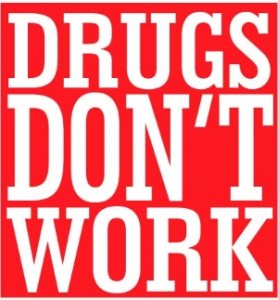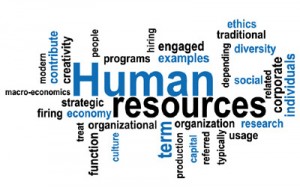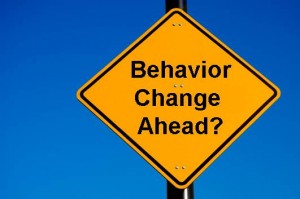 Organizational Culture and Leadership
Organizational Culture and Leadership
- Develop a “Human Centered Culture.” Effective programs thrive in organizations with policies and programs that promote respect throughout the organization and encourage active worker participation, input, and involvement. A Human Centered Culture is built on trust, not fear.
- Demonstrate leadership. Commitment to worker health and safety, reflected in words and actions, is critical. The connection of workforce health and safety to the core products, services and values of the company should be acknowledged by leaders and communicated widely. In some notable examples, corporate Boards of Directors have recognized the value of workforce health and wellbeing by incorporating it into an organization’s business plan and making it a key operating principle for which organization leaders are held accountable.
- Engage mid-level management. Supervisors and managers at all levels should be involved in promoting health-supportive programs. They are the direct links between the workers and upper management and will determine if the program succeeds or fails. Mid level supervisors are the key to integrating, motivating and communicating with employees.
via CDC – Essential Elements of Effective Workplace Programs – NIOSH Total Worker Health.









